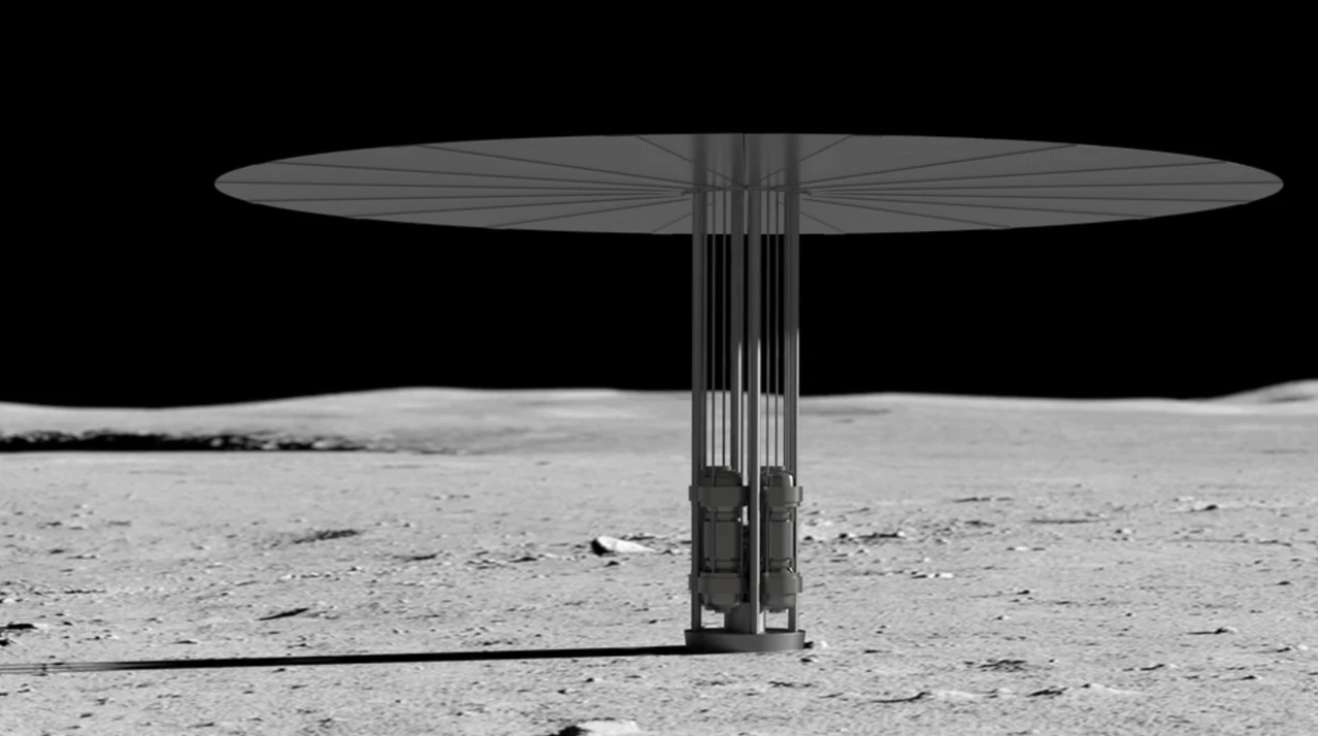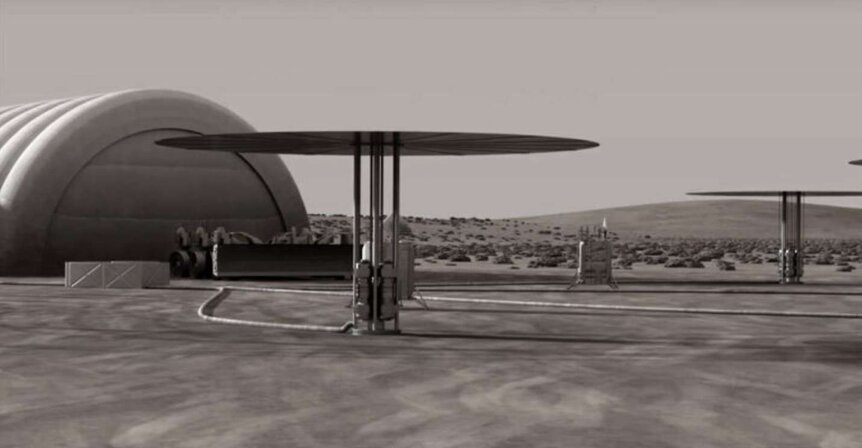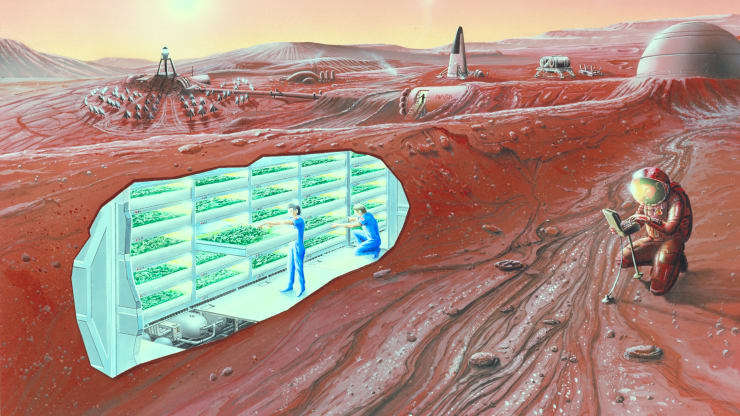Create a free profile to get unlimited access to exclusive videos, sweepstakes, and more!
Need a job? NASA looking for partners to install nuclear fission reactors on the Moon

As mankind moves off-Earth and begins to establish a permanent presence on the Moon and Mars, all those habitats, warehouses, fuel production devices, vehicles, equipment, and research facilities are going to need plenty of juice.
In a partnership between the U.S. Department of Energy and NASA, a new program to aid in that infrastructure development is being implemented that will first create a system of small nuclear reactors built by private contractors. Proposals for this energizing project are currently being accepted from energy engineering firms, in order to get these pint-sized nuclear fission units deployed on the Moon by 2026.
Nuclear fission reactors work by splitting uranium atoms to generate heat, which is then turned into electric power.
First generated as part of NASA's Systems for Nuclear Auxiliary Power (SNAP) program in the '60s, an atom-splitting fission reactor called SNAP-10A was the only U.S. nuclear power plant to ever operate in space. It was launched on Apr. 3, 1965, and worked fine for just 43 days, producing 500 watts of power before an equipment failure ended the demo.
Aimed at supporting its ambitious, long-term exploration plans, NASA's goal is to have a new finished flight system, lander, and reactor ready to roll in roughly five years. But first, it will be manufactured, assembled, and tested on Earth.
Anthony Calomino, NASA’s nuclear technology portfolio chief inside the Space Technology Mission Directorate, indicated that the space agency intends on installing a 10-kilowatt class fission surface power system for lunar demonstration — though he estimates that may take till the end of the decade.
Once completed, the unit will be matched with a lunar lander and a launch vehicle, which will take it into position in orbit around the Moon. Dropping it gently to the surface will be accomplished by a special lander. Once plopped down into the dusty regolith, it'll be ready to go right out of the box. No assembly required!
“Once the technology is proven through the demonstration, future systems could be scaled up or multiple units could be used together for long-duration missions to the Moon and eventually Mars,” Calomino explained. “Four units, providing 10 kilowatts of electrical power each, would provide enough power to establish an outpost on the Moon or Mars. The ability to produce large amounts of electrical power on planetary surfaces using a fission surface power system would enable large-scale exploration, establishment of human outposts, and utilization of in situ resources, while allowing for the possibility of commercialization.”
NASA has already teamed up with the Idaho National Laboratory (INL). In the estimation of Steve Johnson, INL's director of the Space Nuclear Power and Isotope Technologies Division, five or so years is a solid timeframe to achieve those goals.
“We are able to leverage years of research and development work on advanced fuels and materials as well as recent commercial space transportation advances to reduce risk to the schedule, to meet the 2026 date,” Johnson noted. “We really are striving to bring the commercial nuclear industry innovation to the table to work with NASA and the aerospace industry utilizing existing technologies.”
Confident in the project's objectives to deliver sustainable power to the Moon, Mars, and beyond, Johnson believes that recent advances in nuclear fission reactor construction combined with equipment already assigned to build the reactor, power conversion, heat rejection, and space flight technology will make their optimistic deadline a reality.
“We can utilize existing facilities and technical expertise resident[s] at our national laboratories to support this important initiative to meet the country’s timeline,” he explained. “At INL, we are supporting a future industry partnership effort in the coming months to design this demonstration reactor, bringing together aerospace, nuclear and power companies for this monumental effort.”
So far, more than 22 companies have responded to NASA's open call, but while many have prior knowledge in the fields of aerospace, nuclear energy, and power conversion, Blue Origin and BWXT are among the few that have been officially recognized.





























